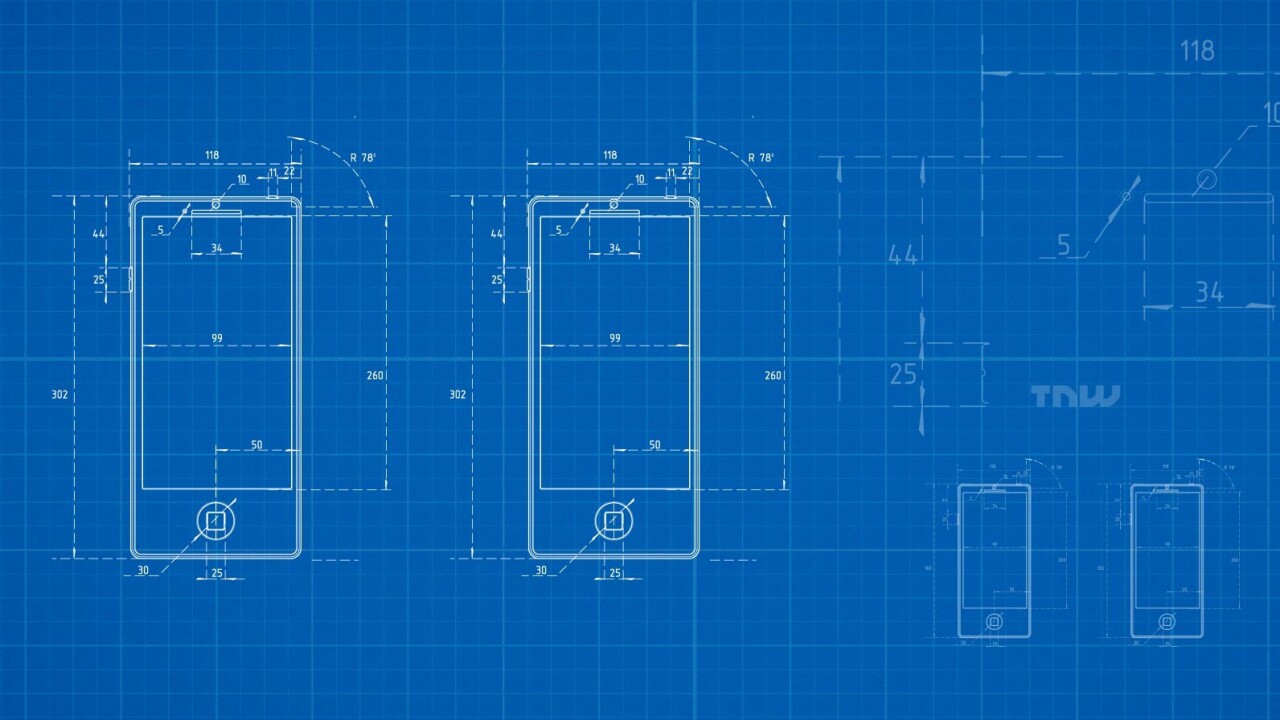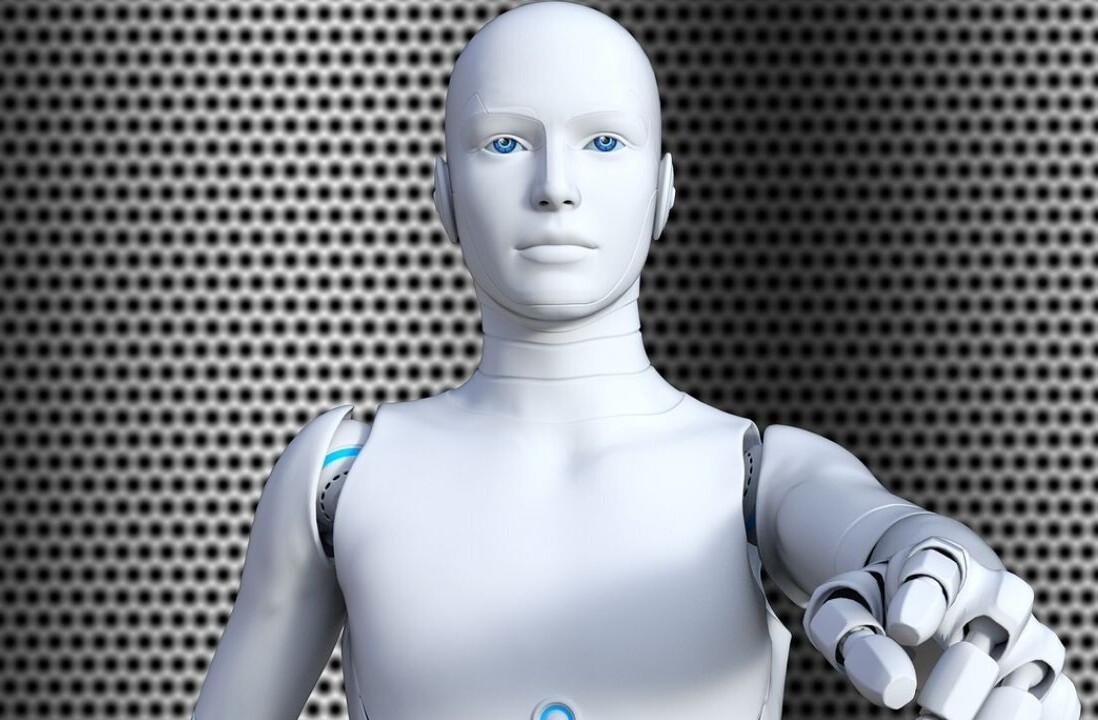
This week, the US patent office issued 6,768 patents. Each patent adds a little something new to the human knowledge base. As we cannot list all six thousand, the PatentYogi team has selected the six most interesting patents.
Google’s self-driving car is now self-cleaning
Patent number: US 20160121855

Google’s patent technology includes multiple wipers that are capable of rotating 360 degrees around the dome. Further, a wiper fluid may be activated along with the wipers, so that whatever is dirtying up the dome can be quickly cleaned.
Solar-powered cell phone towers
Patent number: US 20160126393

IBM’s aerodynamic solar pod includes a circular paraboloidal reflector mounted to a solar cell. The solar pod’s solar cell extends over the circular paraboloidal reflector to place the focus of the reflector on the solar cell. The shape of the aerodynamic pod helps reduce wind and aerodynamic load upon the cell phone tower.
Solar pod also includes a fan, metallic leads coupled to the solar cell operable to conduct electric current generated by the solar cell to the fan, and a swivel assembly attached to the bottom of the circular paraboloidal reflector to adjust the position of the solar cell mounted to the paraboloidal reflector. The fan is used to cool down and clean the solar pod. Movable swivel sets the direction of the parabolic reflector to allow for maximum sun exposure.
This technology could power all the cell phone towers across the world using the solar energy.
Keeping time across the universe just got easier
Patent number: US 9,331,843

Now the ubiquitous clock which is the “heart” of every computer has gone the quantum way.
A defence organization called Raytheon has invented a quantum clock that can keep a single time between systems separated by large distances. This time is literally “universal” in that even if the systems were spread across the universe, they would still keep the same exact time.
The quantum clock exploits the well-known principle of quantum entanglement where a pair of particles behaves as if they were the same particle across both space and time.
The quantum clock in essence is a bunch of entangled particles that maintain an inherent relationship. These particles are then transmitted to different classical systems that need to be synchronized in time. Due to the entanglement, a detection of a state on one of the particle inevitably forces a detection of a complementary state on the other particle.
Technologies such as GPS that rely heavily on time synchronization across vast distances are going to benefit most from this quantum clock.
NASA invents bug-proof airplane wings
Patent number: US 9,278,374

NASA has patented a process to modify a surface to provide reduced adhesion surface properties to mitigate insect residue adhesion.
The surface is topographically and chemically modified by spray deposition of a polymer particulate composition comprising a nanocomposite material where the nano-composite material comprises silica nanoparticles.
The topography is modified to create unevenness by either additive or subtractive methods including: lithographic patterning, laser ablation and chemical etching, physical vapor deposition, chemical vapor deposition, vapor phase deposition, crystal growth, electrochemical deposition, spin casting, and film casting. The unevenness is imparted and defined in terms of a defined or random pattern of unevenness on the surface.
The invention can be used to reduce the adhesion of insect residue on various surfaces such as airplane, helicopter, airborne vehicles, automobiles, marine vessels, motorcycles, helmets, wind turbines, all-terrain vehicles, floors, building, exterior walls or windows, etc.
Human memories can now be stored on a chip
Patent number: US 20160125287

Existing methods of storing information on chips are largely binary with information stored as series of 1’s and 0’s. But that’s far from how the brain itself stores information. As a result, most attempts thus far of replicating human memories outside the brain have failed, until now.
Technologists have now unabashedly copied the mechanism of how brain cells store memories of our experiences and knowledge.
The have implemented an artificial neural circuitry that follows the maxim: cells that fire together, wire together.
Just like its biological counterpart, the artificial neural circuitry includes “synapses” implemented in the form of a phase change material (PCM) cell.
Each PCM cell changes its electrical resistance due to application of electric pulses. In order to mimic the biological synapse, the PCM cell is supplied with two inputs coming from a pre-synaptic neuron and a post-synaptic neuron.
With each simultaneous firing of the pre and post synaptic neurons, the resistance of the PCM cell reduces gradually. This forms a strong electrical connection through the PCM cell which may be read later on by supplying a read signal.
The PCM cell thus “remembers” information and accumulates it over time just like brain cells.
The architecture can solve a wide class of problems from vision, audition, and multi-sensory fusion, and has the potential to revolutionize the computer industry by integrating brain-like capability into devices where computation is constrained by power and speed. – Dharmendra Modha, IBM Fellow
Google’s battle against the zombie apocalypse… of inactive accounts
Patent number: US 9,280,592

The zombie subscriptions pose a burden on system infrastructure as resources must be used to support subscriptions that are no longer active.
Further, these subscriptions also pose a potential source for breaches of the user’s privacy if the subscriptions become susceptible to third party access.
Google has patented a method to identify and handle zombie subscriptions. The method analyzes various parameters like user’s prior access habits or history (such as the user has previously gone, or regularly goes, extended periods of time without accessing the account), information indicating the nature of the account, app, or devices (such as the account is a medical records account that is usually accessed only a few times each year, or the account is a student application only used when school is in session, or the device is a work device used only during work weeks), information indicating the nature of the content stored in by the account, app or device (such as the stored content is archived records being stored for posterity), and information regarding the current season or time of year (such as it is the weekend, or it is summer or winter break of the school).
Get the TNW newsletter
Get the most important tech news in your inbox each week.




